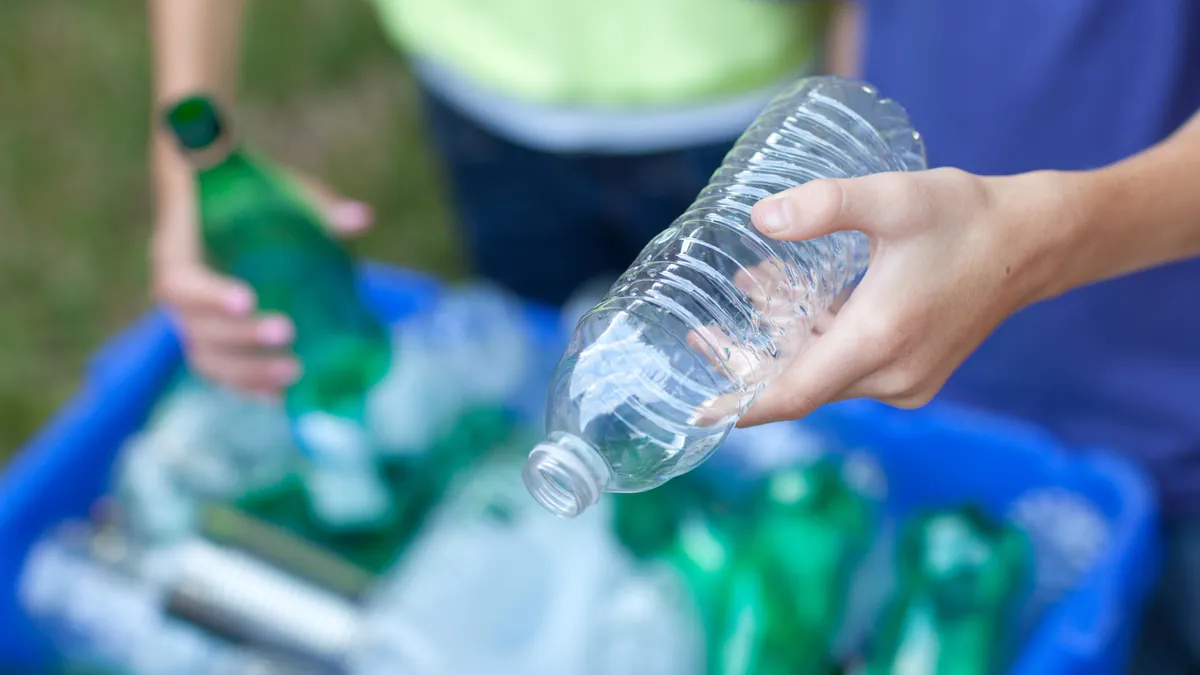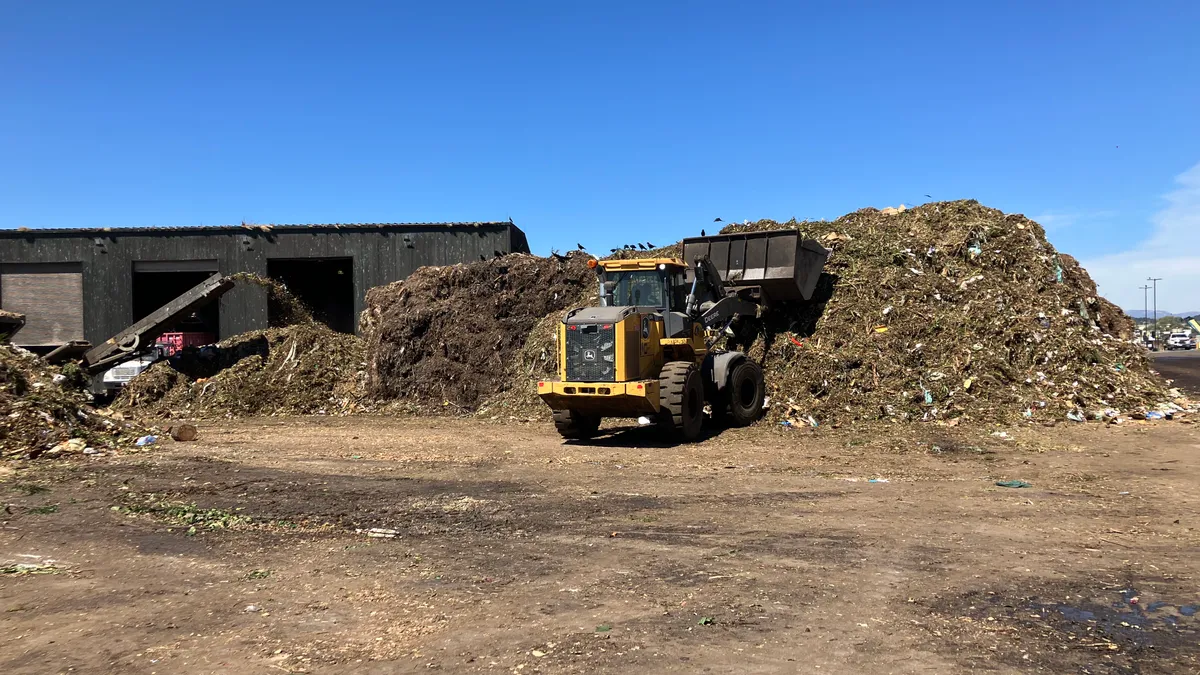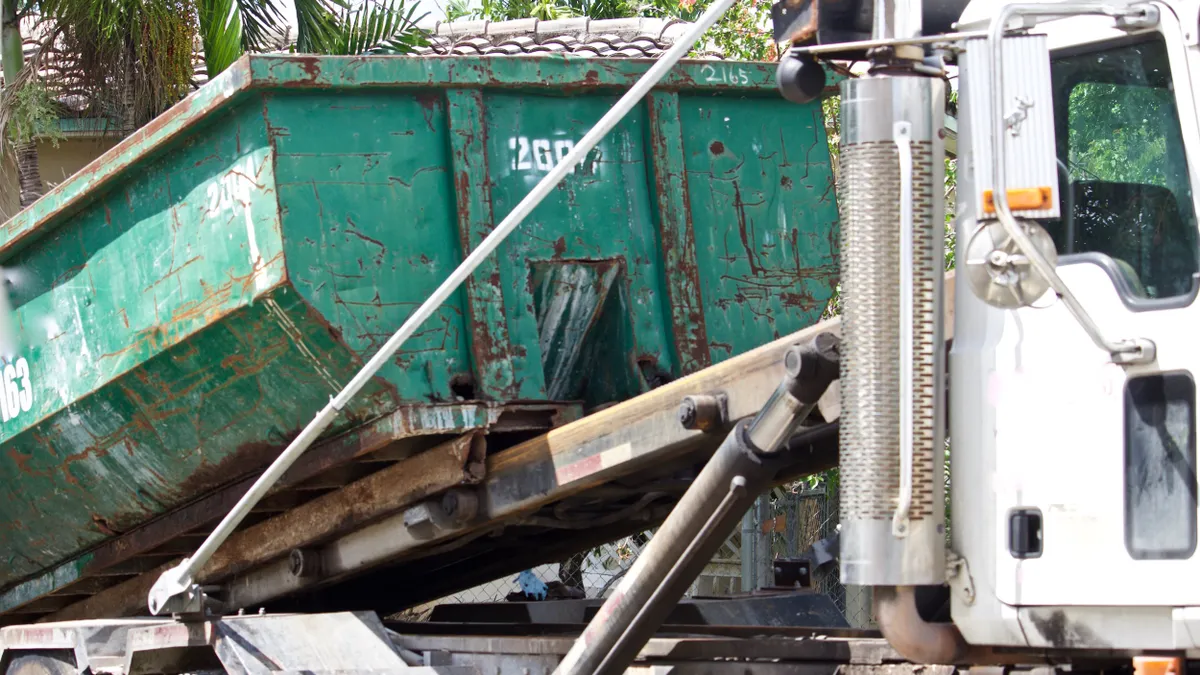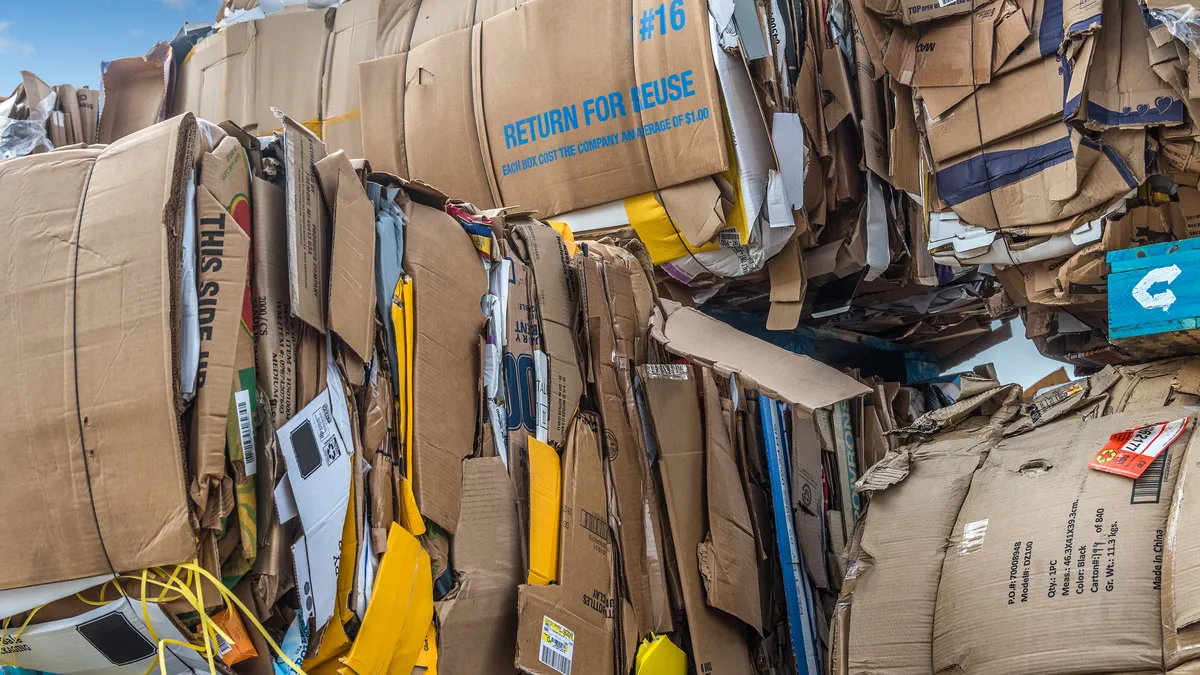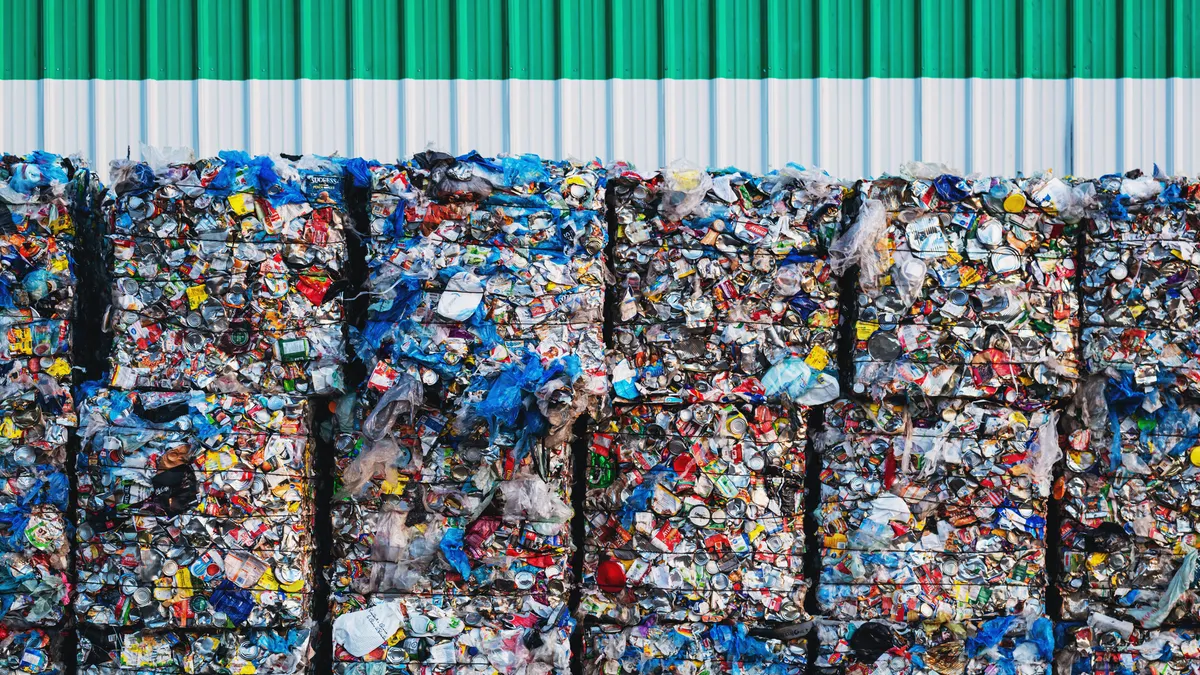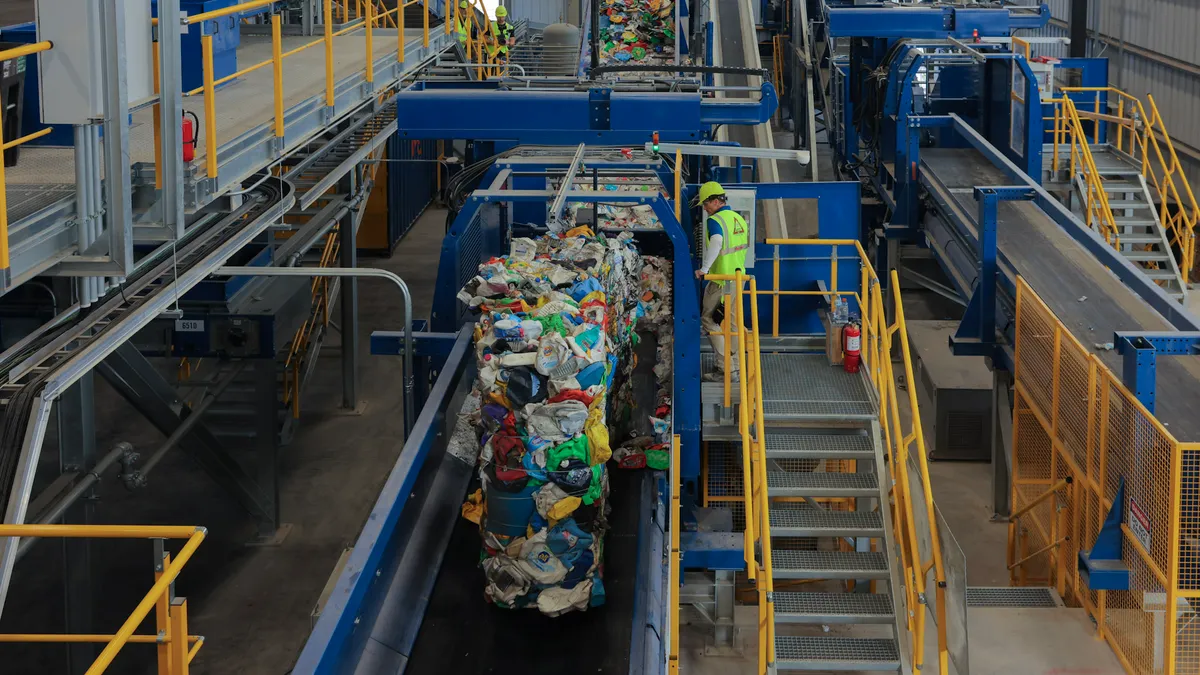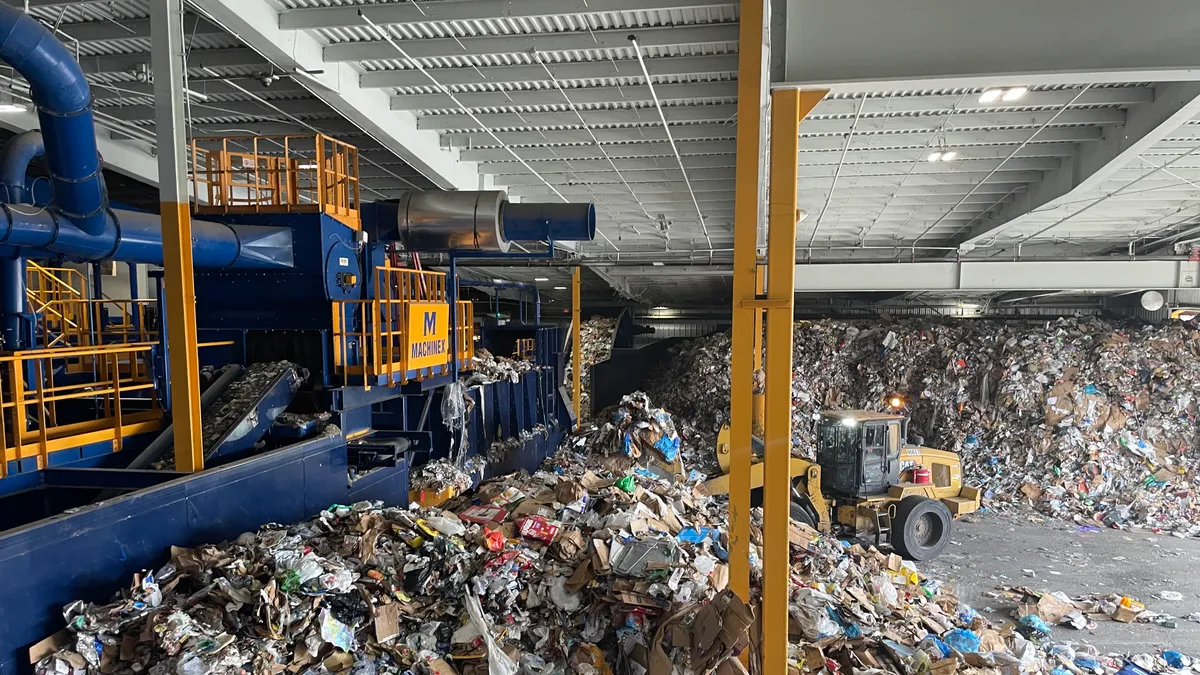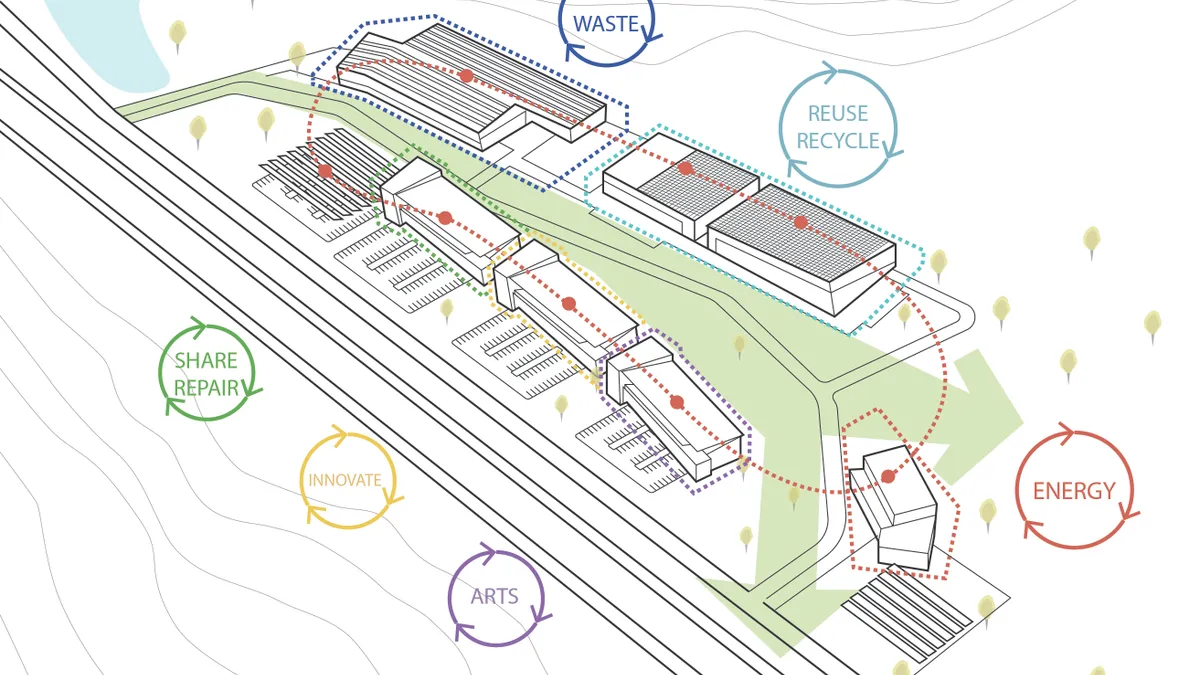Scott Mouw serves as senior director of strategy and research at The Recycling Partnership.
Recent articles have hammered a drumbeat of negativity on plastics recycling, claiming it just doesn’t work and never will. The arguments are supported by tough love on the data front for the plastics industry, although it is easy for critics to cherry-pick numbers that paint the worst picture possible. While EPA figures show an overall plastics recycling rate in the single digits, the rate for plastic packaging is higher at 13.1%, and rates for key plastic packaging such as PET and HDPE bottles are more than double that amount.
Still, nobody in the recycling industry, from communities that run curbside programs to the markets that demand the material, would claim that plastic recycling is performing at the scale and scope that it needs to. But these same people also know that plastics recycling works, and with the right investment and policy action, it has a bright future. Here’s why.
First, recycling programs across the U.S. are successfully recycling plastic today, and we know what it will take to recycle more of it. Rural and urban communities have been collecting plastics from millions of households for more than three decades. These efforts consistently divert more than 1.65 million tons of plastics per year from disposal. Based on information from The Recycling Partnership’s National Recycling Database, 90% of American households can recycle PET and HDPE bottles, and 63% can also recycle polypropylene packaging, a number that is steadily rising due to the actions of initiatives like The Recycling Partnership’s Polypropylene Coalition. Ask any regular participant in a local program and they would be confused by a message that plastics recycling is not worth it. This is reflected in public polling that finds 85% of Americans strongly believe in recycling.
While there is a solid base for plastic recycling, it must grow and improve. Not all households can recycle as easily as they can throw something away. Research by The Recycling Partnership shows that 40% of U.S. families still lack equitable access to recycling and that most Americans do not receive the consistent education and outreach needed to help them recycle more and better. Strategic scaled investments and policy solutions can close this gap; we estimate that this would more than double the amount of traditionally collected plastic currently recycled today, channeling a total of 7 billion pounds of plastic discards back into the circular economy each year. This research also notes that specific work and investment will be needed to support the development of collection and processing of film and flexible packaging material; once that is achieved film and flexible material recycling would grow by a factor of 120 times over current rates, diverting as much as an additional 3.5 billion pounds of plastic resins each year.
The second reason to believe in the future of plastic recycling is that there is a mature and growing domestic plastics recycling industry that needs the collected material. Importantly, most of these recycling facilities are located in rural communities. The people who earn a paycheck at those plants don’t consider plastics recycling a failure and would be mystified by that claim.
Before China’s National Sword, some collected plastics did rely on foreign markets that, while hungry for the material, were ill equipped to manage the environmental impacts of processing the materials. But now most of that material remains in the U.S. The percentage of traditionally collected plastics (which typically includes bottles and other containers) that were exported decreased from nearly 28% to 8% between 2016 and 2020, a 72% drop in just four years. This downward trend becomes stronger as homegrown demand continues to rise.
Is this domestic infrastructure all it could be? Clearly not. The packaging organization AMERIPEN has estimated that “PET reclamation capacity in the U.S. would, at a minimum, need to increase by 50 percent from current reprocessing capacity to meet CPG company brand commitments for their PET packaging.” This investment is already underway, not only for PET, but also for HDPE, LDPE and polypropylene plastics, with a steady stream of capacity announcements adding to an already strong domestic base. At least 11 major announcements have been made in the past year, in which private industry is expanding existing plants and establishing new facilities in the U.S, providing evidence of a thriving market for certain recycled resins.
Does this solve all the issues of markets? No, there will be continual work to do. For example, in the case of film and flexible packaging, it will be critical to create a demand pull that does not impose economic burdens on community recycling programs and that ensures an ongoing value proposition for circularity. That is not an insurmountable challenge, but it is one that industry must take head-on as it builds recycling capacity for these materials.
The third and newest sign of a bright future for plastic recycling is that plastics packaging itself is changing. Strong critiques of plastics waste have helped create a new level of global accountability around plastic packaging impacts. As an example, dozens of the world’s leading brands and retailers and other partners have signed on as activators of the U.S. Plastics Pact, pledging to take ambitious action to help raise the recyclability or compostability rate of U.S. plastic packaging to 50% by 2025.
They have also pledged to work on the integrated issues of eliminating problematic and unnecessary plastics, increasing recycled content, and improving recyclability. The U.S. Pact, just barely two years old, is already accelerating transformative change. Who would have imagined industry players even just a few years ago working together to explicitly and publicly name problematic and unnecessary plastics?
Recently, major plastics-oriented brands also fought for passage of a producer responsibility law in Colorado to use packaging fees (not taxes on households, as is currently the case) to dramatically raise recycling rates in the Centennial state. With similar laws passed in Maine and Oregon, and now California, and increasing activity in other states, producer-supported and producer-paying policy solutions are poised to bring substantially more and much needed resources to the recycling system.
It has arguably taken a sense of crisis to drive this action, a sense that is driven home by constant and sobering news about plastics in oceans and the enormous greenhouse gas impacts of virgin materials. These crisis points in history can create a pessimism that seeks simple answers, but they can also create an optimistic call to action in which stakeholders resolve to work harder, take new initiatives, and implement practical solutions.
And the crisis is not just a plastics issue. Although recycling rates for other materials might seem higher than for plastics, our research indicates that every material in the residential stream is recovered at unacceptably low levels, from three out of five cardboard boxes lost to disposal, to three of every four steel cans. A stronger residential recycling system helps all commodities succeed, including plastics. We also recognize that building a better system means reducing what we make in the first place, reusing more, and recycling all that we can.
So, should we see plastics recycling as a failure or as a work in progress that urgently needs to get better? Should we declare defeat or seriously begin to scale the success we’ve already seen? Failure and defeat typically don’t solve problems, so we vote for the latter.
Contributed pieces do not reflect an editorial position by Waste Dive.
Do you have an opinion on this issue, or other topics we cover? Submit an op-ed.


